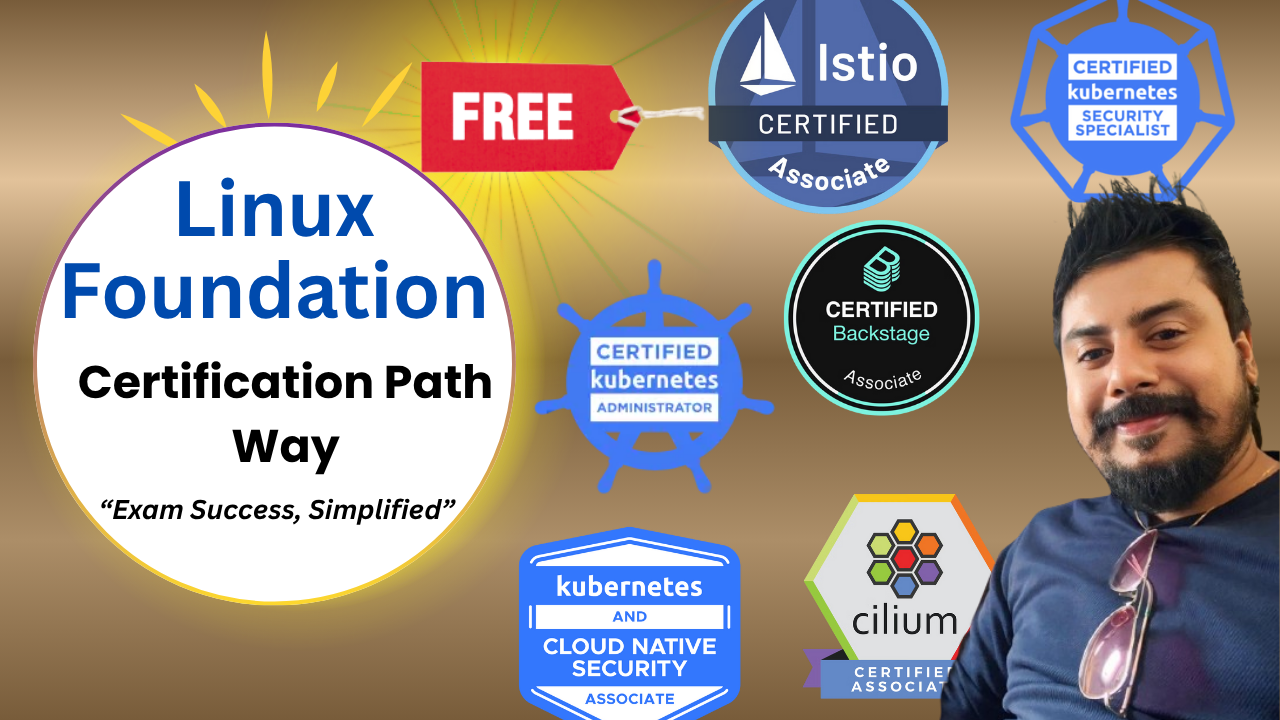Linux Foundation Certification Path Way

About Course
Master Cloud Native & Linux Foundation Certifications — Fast!
Get exam-ready for top Linux Foundation and CNCF certifications with a streamlined, no-fluff learning path. This course cuts through the noise, focusing only on what you need to know to pass, while building the real-world skills that certifications demand. Whether you’re aiming for KCNA, CKA, CKAD, CKS, or other LF exams, you’ll gain:
-
Clear, structured guidance — no guesswork on what to study.
-
Hands-on practice to reinforce every concept.
-
Proven tips & strategies for exam day success.
Fast-track your journey to becoming Cloud Native Certified — and take your career to the next level.
Course Content
Score Your Linux Foundation Cert at 60% Off
-
Ace LF Exams at 60% Off
Student Ratings & Reviews
good
good one
keep up!
very interesting
Nice
best
best way to study
Good
This is a great chance to learn new technologies for beginners who start the IT career . thanks for the team.
Gain a solid understanding of Linux, including basic commands, system administration, networking, and security. I also look forward to learning about open-source principles and getting practical experience through hands-on labs to build confidence for real-world use.
Appreciate your effort. Keep it up...!
Clear roadmap for different certification levels, explains their relevance in the real world, and gives practical study strategies along with hands-on examples will be really helpful.
It will be helpful to undergraduate students
Great opportunity and most useful for people who are trying to advance their career journey!
verry interesting
Great
Appreciate your effort. Keep it up!
great work
studied K8 on most platforms, but there is no clear certification guide or path. This course will provide a great opportunity for the community. Keep it up
Thanks for this course.
